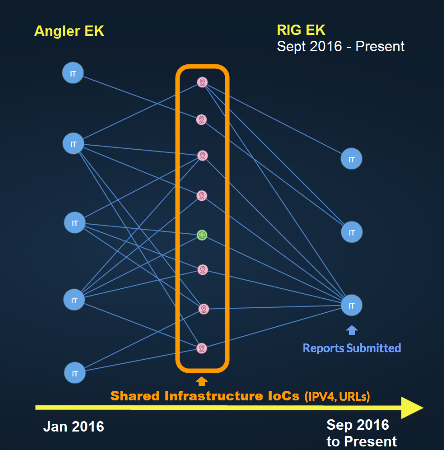Democrats draft laws in futile attempt to protect US internet privacy
Less than a week after President Trump signed the law allowing ISPs to sell customers’ browsing habits to advertisers, Democratic politicians are introducing bills to stop the practice.
On Thursday, Senator Ed Markey (D-MA) submitted a bill [PDF] that would enshrine the FCC privacy rules proposed during the Obama administration into law – the rules just shot down by the Trump administration. Americans would have to opt in to allowing ISPs to sell their browsing data under the proposed legislation, and ISPs would have to take greater care to protect their servers from hacking attacks.
“Thanks to Congressional Republicans, corporations, not consumers, are in control of sensitive information about Americans’ health, finances, and children. The Republican roll-back of strong broadband privacy rules means ISP no longer stands for Internet Service Provider, it stands for ‘Information Sold for Profit’,” said Senator Markey.
“This legislation will put the rules back on the books to protect consumers from abusive invasions of their privacy. Americans should not have to forgo their fundamental right to privacy just because their homes and phones are connected to the internet.”
The bill has been cosponsored by ten senators, all Democrats except for the independent Bernie Sanders. No Republicans have added their name to the legislation – nor shown any support for it – which probably means it’s doomed to failure given the GOP-dominated composition of the Senate.
The new bill echoes similar legislation introduced in the House of Representatives earlier in the week. Representative Jacky Rosen, who was a software developer before she got into politics, has introduced the Restoring American Privacy Act of 2017.
“As someone who has first-hand experience as a computer programmer, I know that keeping privacy protections in place is essential for safeguarding vulnerable and sensitive data from hackers,” said Representative Rosen (D-NV).
“I will not stand by and let corporations get access to the most intimate parts of people’s lives without them knowing and without consent. It is appalling that Republicans and President Trump would be in favor of taking Americans’ most personal information to sell it to the highest bidder.”
The FCC rules would have required internet users to sign up to allow their browsing histories to be sold, and put an increased onus on ISPs to protect their private data. One of the first acts of the new administration was to drop the FCC rules and legislate against them, with President Trump signing off on the legislation on Monday.
Facing a public backlash, the major ISPs have promised that they won’t sell off an individual’s browsing history – but left the door open for selling the data as part of a group. Customers will also have the choice to opt out, but you can bet the form to do so will be in the internet equivalent of a locked filing cabinet carrying a sign reading “Beware of the leopard.”
The bills will be welcomed by many but, realistically, have no chance of passing unless a sizable number of Republicans cross the floor. That’s not going to happen, so individual states have been taking action of their own.
Last week, Minnesota and Illinois legislatures began enacting legislation to provide privacy protections for internet users, and now New York has done the same. Senator Tim Kennedy (D-Buffalo) has introduced legislation to stop ISPs selling off their customers’ browsing histories.
“When voters across the country elected this House and US Senate last November, I doubt they were voting with the hope that their ISP would be allowed to sell their browsing history,” said Senator Kennedy.
“This kind of anti-consumer, anti-privacy action doesn’t benefit anyone except large corporations. This is not an abstract threat to regular folks – this is bad policy with real-world consequences.”
It’s possible the ISPs could have bitten off more than they can chew on this one by seriously underestimating quite how angry this issue has made people. Despite frantic PR moves, more and more states are now taking matters into their own hands – which is just as the Founding Fathers designed the system. ®
Article source: http://go.theregister.com/feed/www.theregister.co.uk/2017/04/06/democrats_move_to_restore_internet_privacy/







